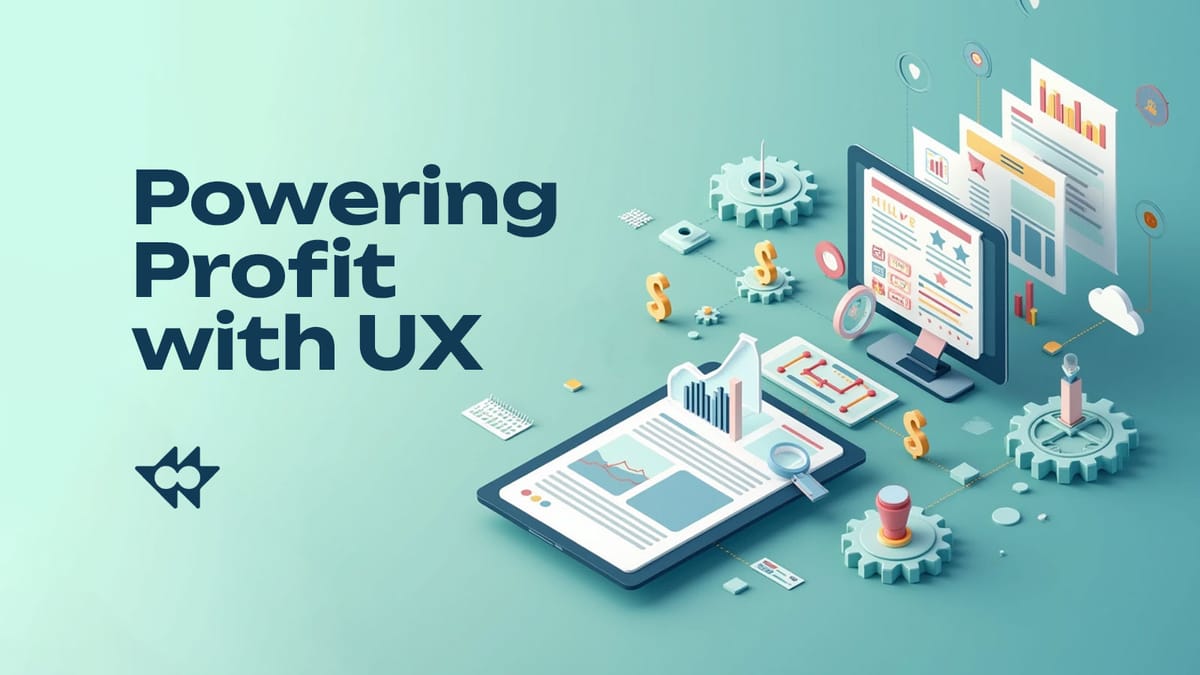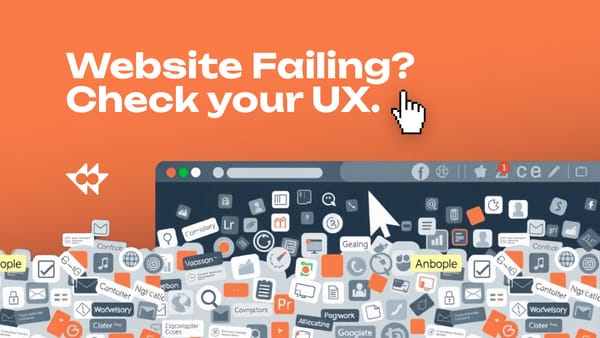Beyond Aesthetics: The Tangible ROI of User Experience

As web professionals, we're constantly striving to build and manage websites that don't just look good, but deliver real, measurable results. Whether we're freelancing, running a small agency, or working in-house, the pressure is on to prove the value of our efforts. While a visually appealing design is important, the true powerhouse behind a successful website lies in its User Experience (UX). And importantly for us and our clients, good UX isn't just a cost center – it’s a significant driver of tangible Return on Investment (ROI).
It's easy for discussions about UX to get bogged down in subjective opinions about design. However, for those of us who need to justify decisions and demonstrate value to clients or management, focusing on the concrete benefits is crucial. The good news is that investing in UX pays off in numerous, quantifiable ways.
1. Increased Conversion Rates: This is often the most direct and compelling ROI metric. A website that is easy to navigate, with clear calls to action and a streamlined checkout or lead generation process, will inevitably convert more visitors into customers or qualified leads. Think about it: if users can find what they need quickly and complete their desired action without friction, they're far less likely to abandon their journey. Even a modest improvement in conversion rates – say, from 1% to 1.5% – can translate into a significant revenue boost for a business. We can track these improvements directly through analytics, providing clear evidence of UX impact.
2. Reduced Support Costs: A confusing or difficult-to-use website leads to frustrated users. And what do frustrated users do? They contact support. Every support ticket, phone call, or live chat session costs money and time. By investing in intuitive UX, we proactively address potential user pain points, making it easier for them to find information and solve problems independently. This translates directly into fewer support requests and, consequently, lower operational costs. This is a powerful argument when demonstrating efficiency gains.
3. Improved Customer Loyalty and Retention: First impressions matter, but so does the ongoing experience. A positive UX fosters trust and satisfaction. When users consistently have good experiences with a website, they are more likely to return, make repeat purchases, and become loyal advocates for the brand. Customer retention is almost always more cost-effective than customer acquisition. Good UX builds that stickiness, contributing to long-term revenue and customer lifetime value – key metrics for any growing business.
4. Enhanced SEO Performance: While UX and SEO are distinct disciplines, they are increasingly intertwined. Search engines like Google aim to provide users with the best possible results, and that includes the experience on the landing page. Factors like page load speed, mobile-friendliness, intuitive navigation, and low bounce rates – all hallmarks of good UX – are also positive signals for SEO. Better rankings mean more organic traffic, which is essentially free, high-quality leads. Improving UX can therefore indirectly boost another critical marketing channel.
5. Increased Efficiency and Productivity (Internal Systems): For those of us who also work on internal company websites or applications, the ROI of UX is equally significant. Well-designed internal tools make employees more efficient, reduce errors, and decrease training time. This translates into saved hours and improved productivity across the organization – a direct bottom-line benefit.
Keeping up with ever-changing best practices across multiple disciplines is a constant challenge. However, by framing UX in terms of its tangible ROI, we can more easily prioritize it and articulate its importance. Instead of being perceived as an arbitrary design expense, UX becomes a strategic investment that directly contributes to core business objectives like increased sales, reduced costs, and improved customer satisfaction.
By focusing on user needs and data-driven improvements, we can move beyond subjective discussions about aesthetics and clearly demonstrate how excellent UX delivers measurable financial returns, solidifying our value to clients and our own organizations.



